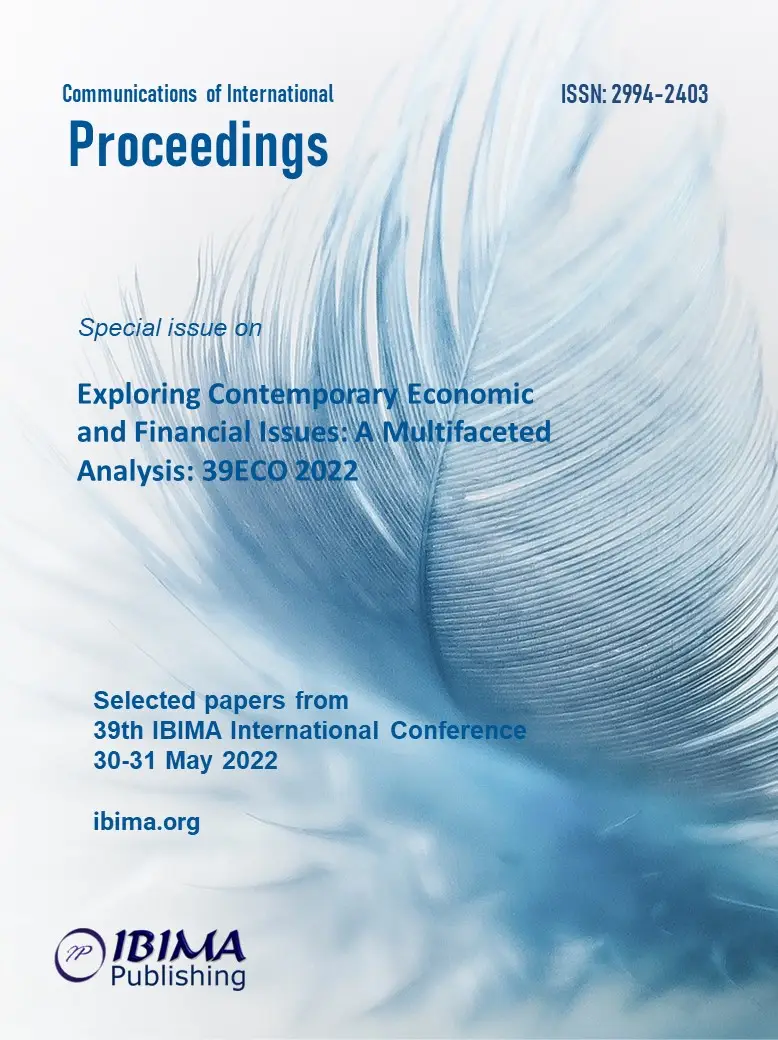
Yedina SHEBESHTEN, Serhii PYLYPETS, Andriy ZADOROZHNYY and Nazar HLYNSKYI
Uzhhorod National University, Uzhhorod, Ukraine

The article studies competitiveness of rural territories on the example of Transcarpathian region in decentralization conditions. The aim of the article is to study competitiveness of rural territories in the conditions of decentralization of power. While conducting the research, the authors used general scientific and specialized methods of research, namely induction and deduction – to collect, process and substantiate the number of territorial communities of Transcarpathian region; economic analysis and comparison – to analyze competitiveness of the territorial communities of Transcarpathian region; graphical method – to provide visual demonstration of the competitiveness polygon; abstract and logical method – to make theoretical generalization and conclusions. In the research, the authors studied territorial communities of urban type and made rating of them in terms of the number of population. It is determined that the rating of urban territorial communities by the number of population is headed by Uzhhorod territorial community, the second position is taken by Mukachevo territorial community, the third one – by Khust territorial community, whereas the last position, i.e. the 11th one, is occupied by Perechyn territorial community. The largest number of settlements is in Khust territorial community, i.e. 28, and the least – in Uzhhorod territorial community. i.e. 1 unit. To study the level of the territorial community competitiveness, a list of parameters has been shaped, including financial stability, economic, investment and technological potential of the community, organizational support, and the level of tourism development. According to the research outcomes, the authors have made rating of competitiveness of the studied communities in Transcarpathian region, which is headed by Mukachevo territorial community, whereas the last position is occupied by Khust territorial community. Three levels of competitiveness of the territorial communities of Transcarpathian region are set, namely a high level, characteristic for Mukachevo, Uzhhorod, Berehove territorial communities; a medium one, specific for Vynohradiv, Rakhiv, Chop, Tiachiv and Irshava territorial communities; and a low one – Perechyn, Svaliava and Khust territorial communities. Referring to the suggested levels of the territorial community competitiveness and depending on the location, it is proposed to apply a “variability v strategy” matrix. For the communities with the medium level of competitiveness it is proposed to apply the strategy of intensive development, for the high level – the strategy of integrative growth, and for the low one – the strategy of diversification of the regional development of territorial communities. Implementation of the mentioned strategies will enable achieving a new level of the community development.